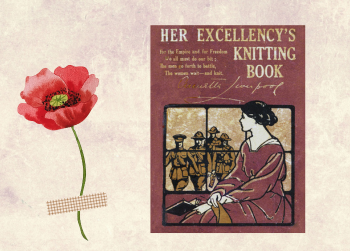“For the Empire and for Freedom we must all do our bit.
The men go forth to Battle, the women wait – and knit.”
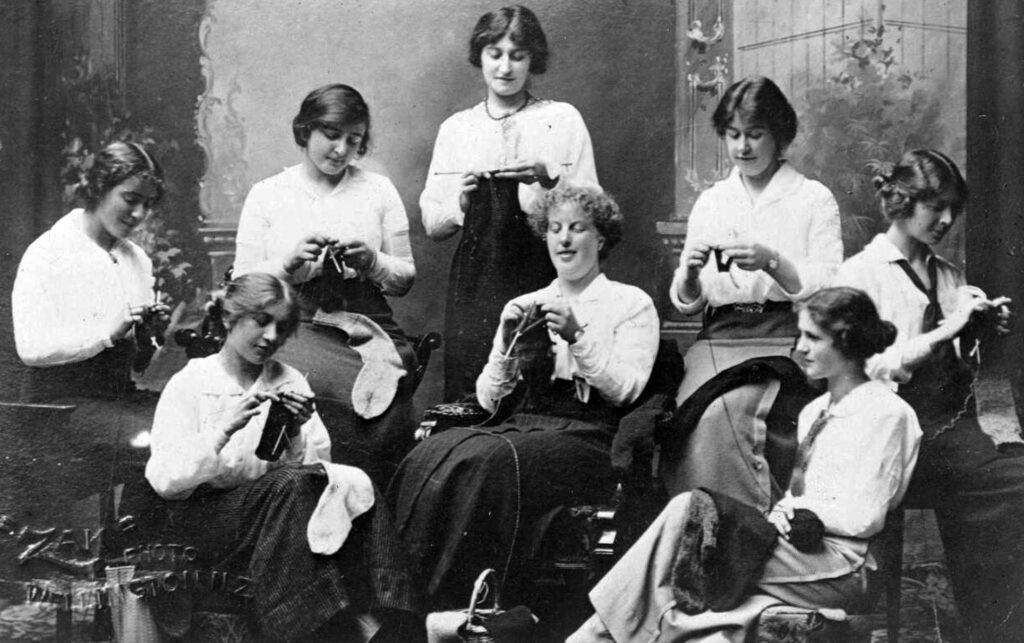
Digitised for the first time, to mark Anzac Day, is Her Excellency’s Knitting Book from 1915. The publication came about through the efforts of Annette Foljambe, the wife of New Zealand’s last Governor (and first Governor General), Arthur Foljambe, the Earl of Liverpool. Until the role began to be filled by New Zealanders in the 1960s, Governors General were generally minor British aristocrats, often with a military background. Governors and their wives (the first female Governor General was not appointed until 1990) were feted as celebrities during their time living in NZ but were often aloof from the general population. The Earl and Countess of Liverpool on the other hand, made a special effort to ‘connect’ with New Zealanders, in part because their term covered the entire period of the First World War.
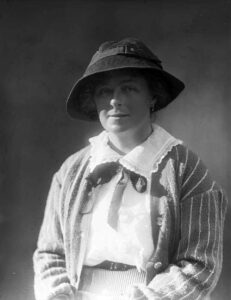
Unusually for someone of her background (she was herself the daughter of a Viscount), the Countess of Liverpool was an experienced knitter. She came to believe that a mass knitting effort by the women of New Zealand would not only provide socks and clothing for soldiers fighting overseas, it would also be helpful to ‘calm the nerves’ of women missing their loved ones and draw them together in social ‘knitting circles’ where their worries and concerns could be shared. A network of organisers across the country sought out knitting patterns from contributors with each submission being thoroughly “tested” (i.e. knitted) before being accepted. The book opens with the Countess’ own sock and mitten patterns followed by a selection of military-related items such as balaclavas, naval jerseys and shooting gloves (allowing the index finger to be free to fire a rifle). Also included were women’s coats, bed jackets and a wide variety of children’s garments.
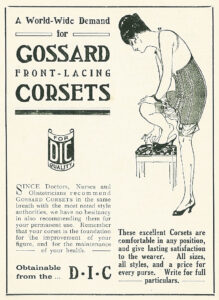
The book was hard-covered and designed to be small enough to easily fit into a woman’s knitting bag. All profits (both from sales and from advertising revenue) went to the St John Ambulance Base Hospital located in Étaples, France, which specialised in caring for wounded and sick Allied soldiers. Not unexpectedly, the book was a huge success and went to a second edition only a month after it was released in August 1915 followed by a third printing in mid-1917. Children (both girls and boys) picked up the knitting craze and teachers often allowed pupils to knit in class, noting how many were soon able to carry out the task while still paying full attention to the blackboard. Annette Foljambe also gave her name to the Lady Liverpool Fund, its primary goal being to send regular gift parcels to every soldier fighting overseas, especially at Christmas. With most NZ soldiers in the infantry, socks became the most sought-after item especially on the Western Front where terrible conditions meant they often needed to be replaced every few weeks. She also became a patron of the Māori Soldiers’ Fund established by Miria Pomare in 1915 which organised parcels for Māori Contingent soldiers. In addition to the usual contents of woollen garments, cigarettes and biscuits, these parcels also included things like dried pipi and preserved muttonbird.
The response by women and children was extraordinary with over 130,000 garments being contributed to the Lady Liverpool Fund in August 1916 alone. For her efforts during the Great War, she was appointed Dame Grand Cross in the 1918 New Year’s Honours list. Following the signing of the armistice and the conclusion of hostilities, the activities of the charity gradually wound down until it ceased in 1919 and the remaining funds were used to help establish the Christchurch ‘Rannerdale’ veterans hospital for disabled soldiers in 1921. The term of Lord & Lady Liverpool was extended so that an experienced Governor General would be present for the visit to New Zealand of the Prince of Wales (later to reign briefly as King Edward VIII). However, as much as the couple were liked by the general population, the feeling was not reciprocated by the Prince who described Lord Liverpool in a letter to his then-mistress Freda Dudley Ward as being “pricelessly pompous”, “grossly fat” and wrote “…the Liverpools are the absolute limit beloved one; he is too hopelessly pompous & impossible for words while she is so shy that she hardly ever utters & I’ve given up even trying to make conversation!!”
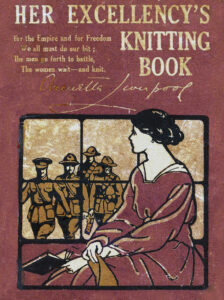 Following the conclusion of the Royal Tour, Lord & Lady Liverpool returned to the UK in July 1920 but maintained a strong connection to New Zealand that extended to the Second World War when they would host Kiwi servicemen at their home in Lincolnshire. When Annette Foljambe died in 1948 at the age of 73, her passing received barely a mention in Britain but was widely covered in New Zealand with many people commenting on their childhood memories of learning to knit three decades earlier and the impact she had during the eight years that she lived here.
Following the conclusion of the Royal Tour, Lord & Lady Liverpool returned to the UK in July 1920 but maintained a strong connection to New Zealand that extended to the Second World War when they would host Kiwi servicemen at their home in Lincolnshire. When Annette Foljambe died in 1948 at the age of 73, her passing received barely a mention in Britain but was widely covered in New Zealand with many people commenting on their childhood memories of learning to knit three decades earlier and the impact she had during the eight years that she lived here.


